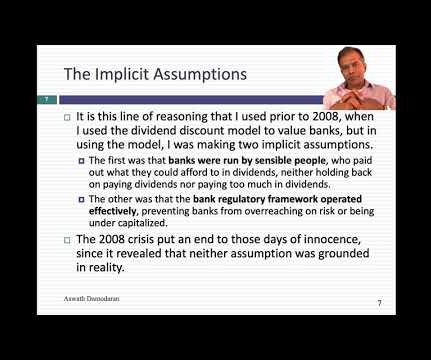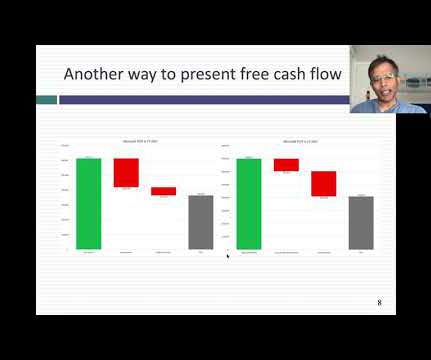Valuation Using Multiples—What Is It and How Does It Work? Core Ideas Explained
Valutico
DECEMBER 15, 2022
The ratio is either related to the Equity Value or ratios related to the Enterprise Value. . An example of an equity multiple: Price / Earnings. An example of an enterprise multiple: EV/Sales, EV/EBITDA, EV/EBIT and practically all non-financial multiples (e.g. EV/ARR, EV/barrel, EV/MW, EV/Click, etc).











Let's personalize your content